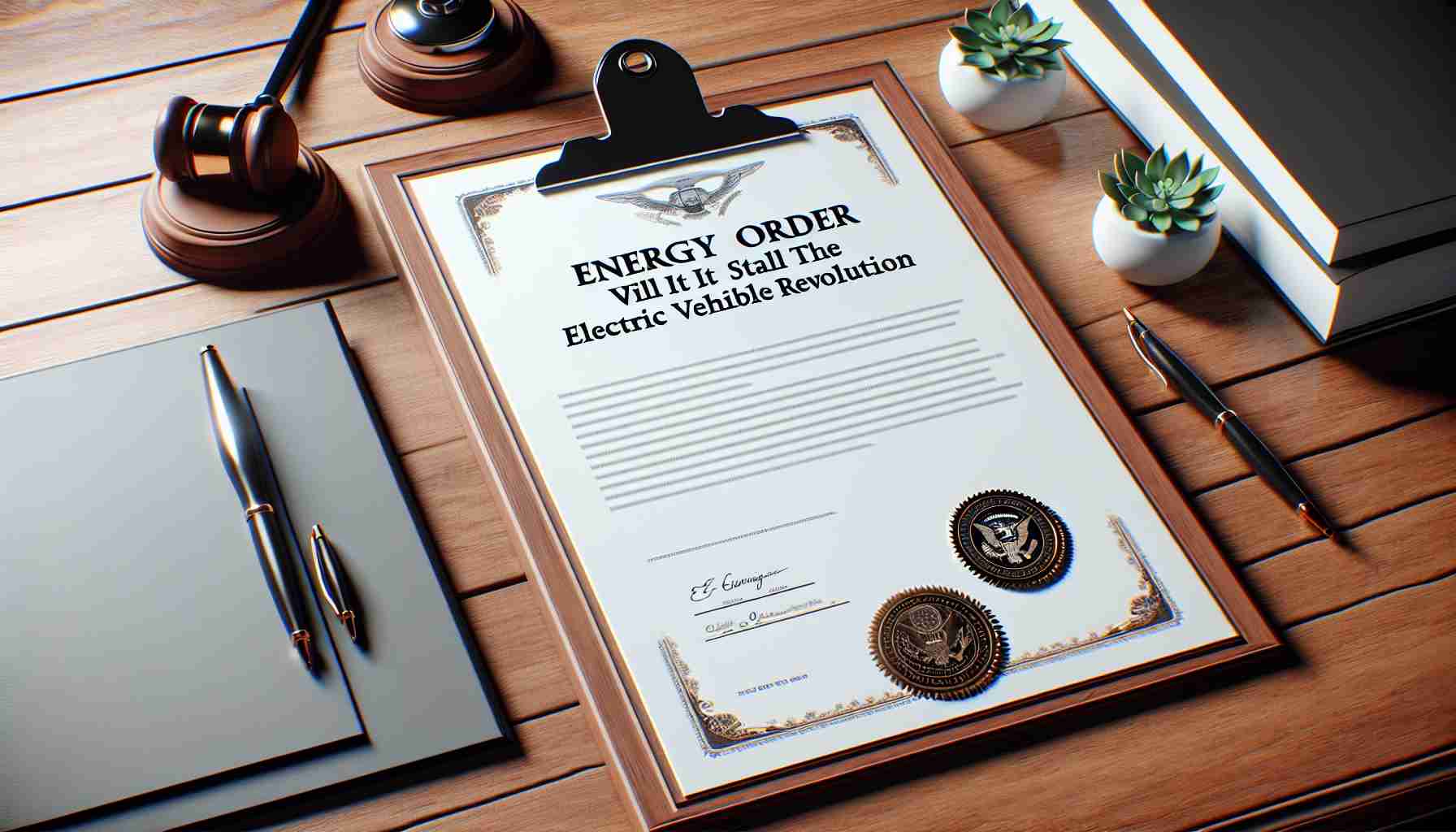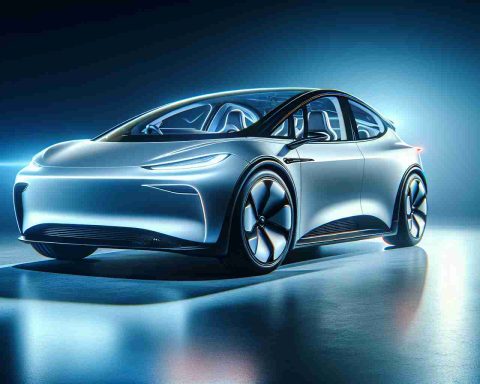- President Trump’s executive order aims to dismantle previous zero-emission vehicle goals, stirring debate in the energy landscape.
- Investment in electric vehicles continues to rise, with major companies committing billions, notably BlueOval SK’s $6 billion for battery plants in Kentucky.
- Kentucky is positioning itself as a leader in electric vehicle battery production, with optimism from state officials about the industry’s future.
- Despite political changes and uncertainties, significant projects like BlueOval SK are moving forward, with production expected to start in 2025.
- The federal loan supporting BlueOval SK remains secure, signaling ongoing investment in EV technology.
- The transition to electric vehicles is increasingly viewed as an unstoppable trend in sustainable transportation.
In a bold move shortly after taking office, President Trump unleashed a controversial executive order dubbed “Unleashing American Energy.” This directive particularly challenges the ambitious plans set forth by the previous administration, scrapping the directive that aimed for zero-emissions vehicles to make up half of new car sales by 2030.
While this shift stirs up intense debate, the electric vehicle (EV) landscape continues to evolve. Major companies have committed billions to the future of EVs, with BlueOval SK—a key player formed by Ford Motor Company and SK On—investing a staggering $6 billion to establish two battery manufacturing plants in Hardin County, Kentucky.
The local response has been optimistic. Kentucky Governor Andy Beshear, heralding the state as the electric vehicle battery capital of the U.S., insists that EV technology remains on an unstoppable trajectory. Despite the uncertainty surrounding Trump’s energy policies, he reassures that the BlueOval SK project is progressing smoothly, with production slated to kick off in 2025.
While some might speculate about potential slowdowns caused by the current administration, Beshear emphasizes that history shows attempts to halt progress often fail. He firmly believes that the federal loan of up to $9.6 billion awarded during the Biden era, aimed at supporting BlueOval SK, remains intact and fully enforceable.
The takeaway? The drive toward electric vehicles is gaining momentum, and despite political shifts, the revolution in sustainable transportation is here to stay.
Unstoppable EV Revolution: How Politics Can’t Halt Electric Vehicle Advancements
The Continuing Evolution of Electric Vehicles
In light of the recent changes in U.S. energy policies, the electric vehicle (EV) industry is still poised for significant growth. With numerous investments and innovations on the horizon, we can explore the current trends and implications of these developments.
# Key Trends in the Electric Vehicle Market
1. Increased Investment: Beyond the $6 billion injection from Blue Oval SK, EV manufacturers globally are investing extensively in battery technology, with projections suggesting that North American battery production will surge over 300% by 2030.
2. Technological Innovations: Advancements in battery technology, like solid-state batteries, are on the cusp of revolutionizing the industry, offering greater energy density and faster charging times, thus addressing some of the major limitations of current lithium-ion battery technology.
3. Sustainability Initiatives: As demand for eco-friendly vehicles grows, companies are focusing on sustainable sourcing of materials. Initiatives to recycle EV batteries and reduce the carbon footprint in production processes are gaining traction, making the industry more viable long-term.
4. Market Demand and Consumer Trends: Surveys show that consumer interest in electric vehicles is rapidly rising, with a recent report indicating that over 60% of potential car buyers in the U.S. are considering an EV for their next purchase.
# Important Questions Related to the EV Industry
1. How will government policies impact the EV market?
Government regulations and incentives play a crucial role in the EV market. While restrictive policies may hinder short-term growth, long-term prospects show that consumer demand and technological advancements can thrive despite political changes.
2. What are the potential challenges facing EV adoption?
The challenges include charging infrastructure development, the need for more efficient battery production, and competition with traditional vehicle manufacturers. However, significant investments and technological advancements are being directed towards overcoming these hurdles.
3. What can we expect from the future of electric vehicles?
The future looks bright for electric vehicles, with forecasts indicating that EV sales could account for up to 25% of total vehicle sales globally by 2030. Innovations in battery technology, policies favoring clean energy, and shifting consumer preferences all support this trajectory.
Suggested Insights and Resources
For more information on the electric vehicle market and the ongoing advancements, you can visit:
– Edmunds
– Forbes
– Automotive News
The electric vehicle revolution is underway, driven by both consumer enthusiasm and substantial investment. As various stakeholders introduce groundbreaking technologies and sustainable practices, the industry stands strong against fluctuating political climates, promising a greener future for transportation.



















